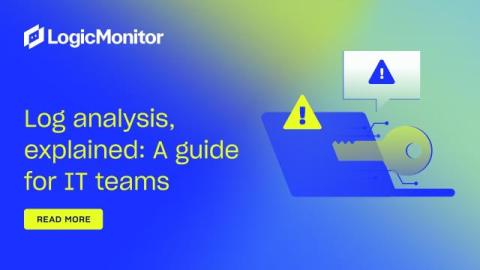Optimising Supply Chain Management With Amazon Fulfilment Services
The e-commerce world has rapidly grown over the past decade. As more consumers and businesses go digital, online sales have skyrocketed and account for 19% of total worldwide retail sales. With the business environment in a constant state of evolution, it's essential for you to adapt to changing market and customer demands to edge out competition as an e-commerce store.











